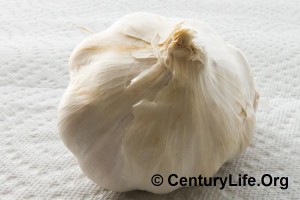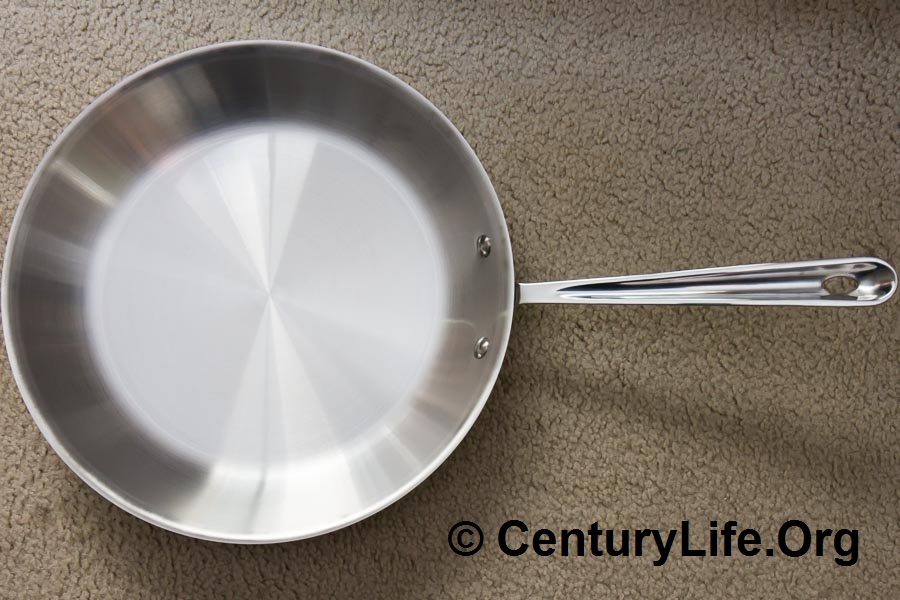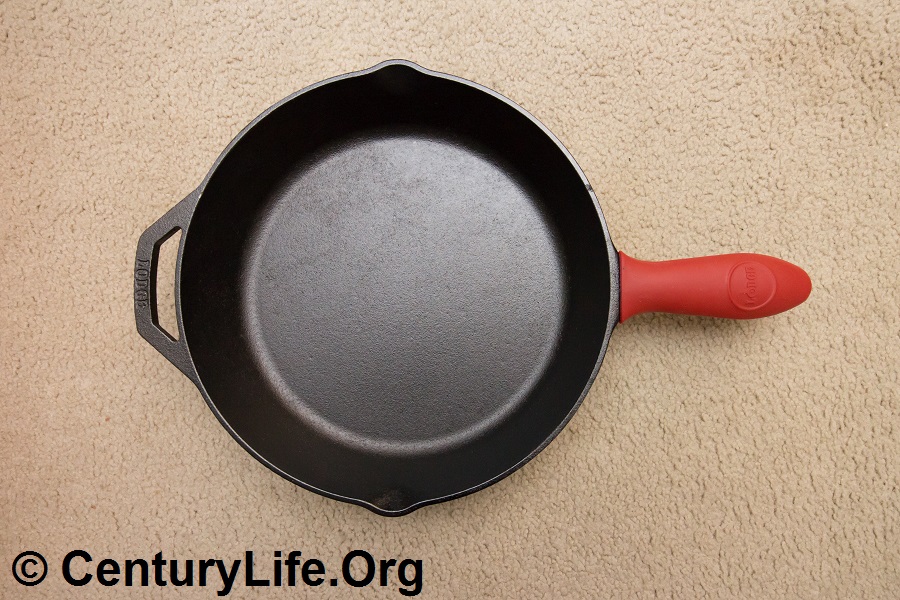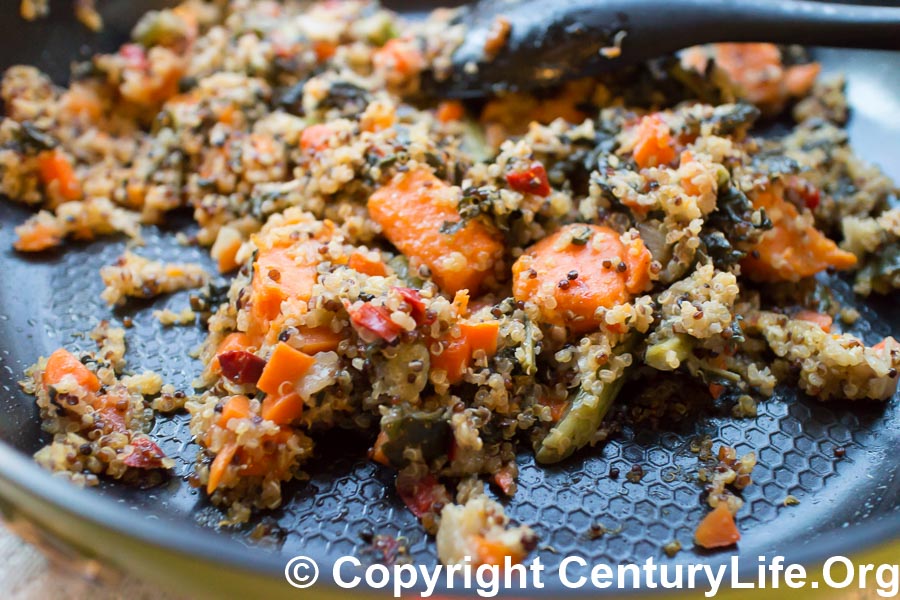INTRODUCTION
Occasionally someone will ask me to review kitchen knives. I was reluctant to do so, because what does that have to do with longevity? Knives don’t contact food that much. However, to the extent that easier cutting encourages people to cook healthy at home (instead of eating out or microwaving a TV dinner), then I’m all for getting better knives.
Affordable knives can be perfectly fine and in some cases better than expensive knives. There are great knives out there that don’t have full tangs or bolsters or forged blades, so don’t be afraid to buy them just because of outdated/untrue information about how you allegedly need to have a full-tang knife or whatever.
For example, the Victorinox 8-Inch Fibrox Chef’s Knife has an unassuming plastic handle, a stamped blade, and has a half-tang (so the metal goes only halfway down the length of the handle), but it’s a great performer in practice, anyway. In contrast, I’ve seen knives that “checked off” all the marketing boxes (forged, full tang, riveted, wood handles, etc.) but were mediocre performers. Don’t buy the marketing checkboxes; buy knife performance.




